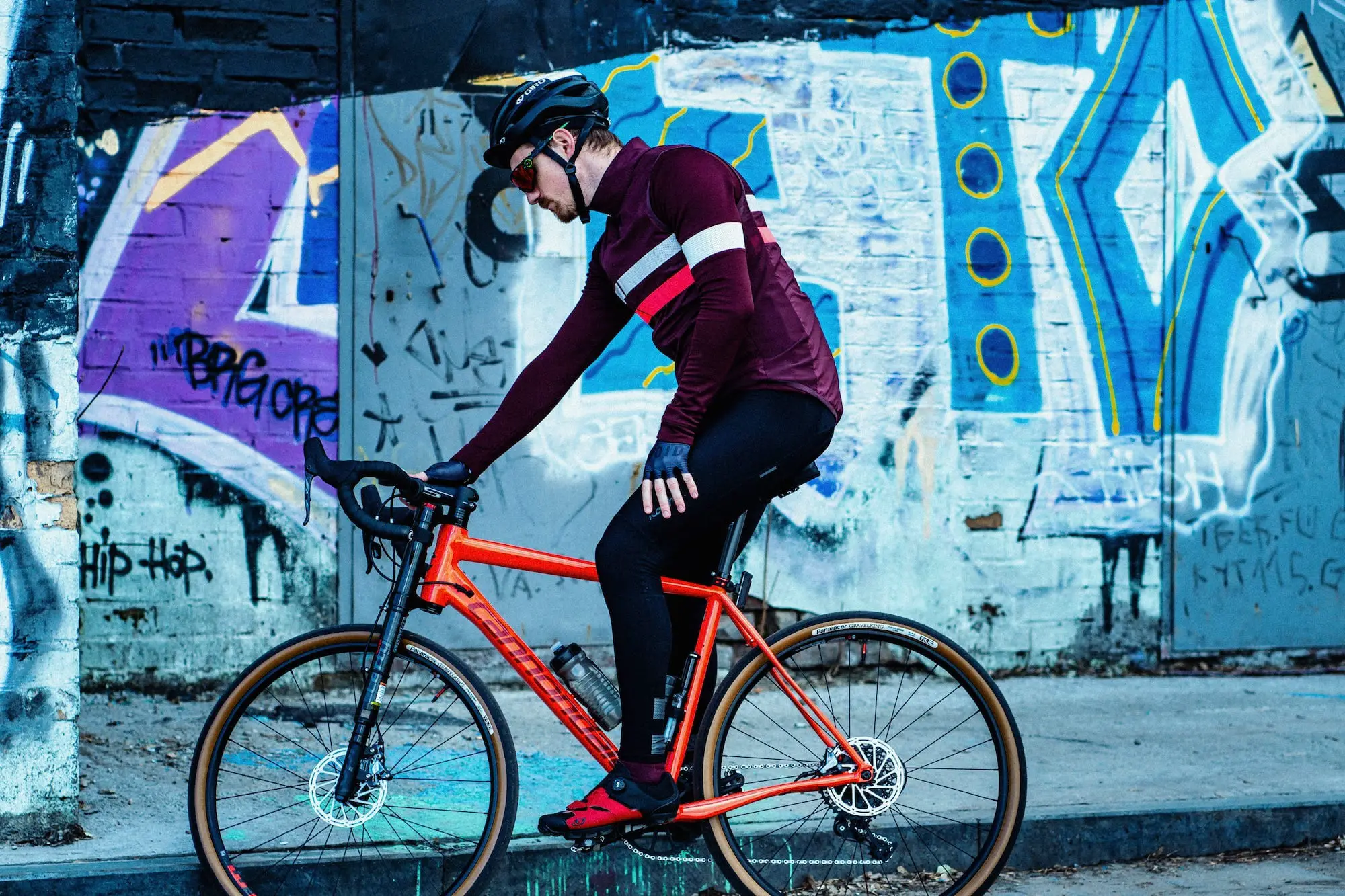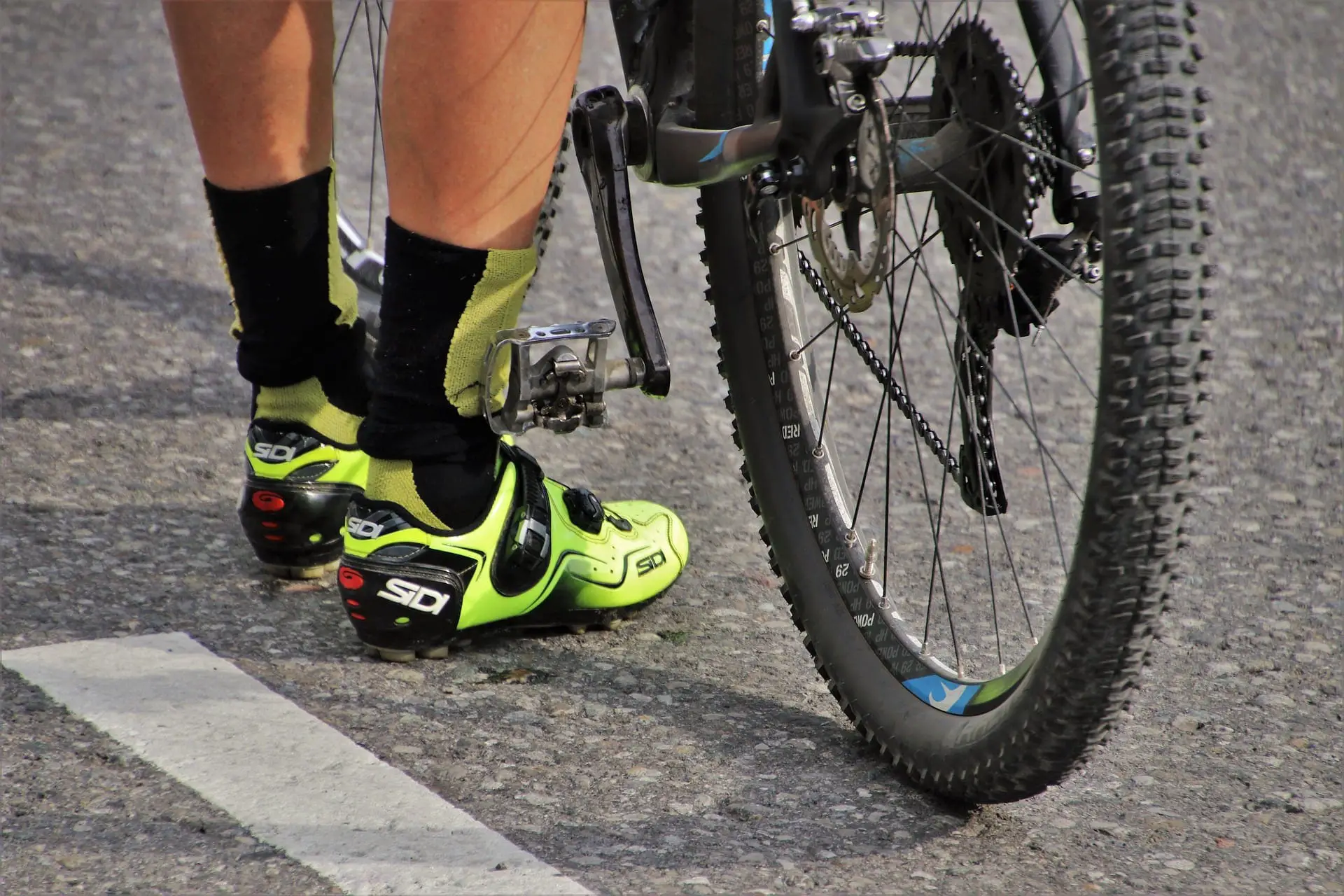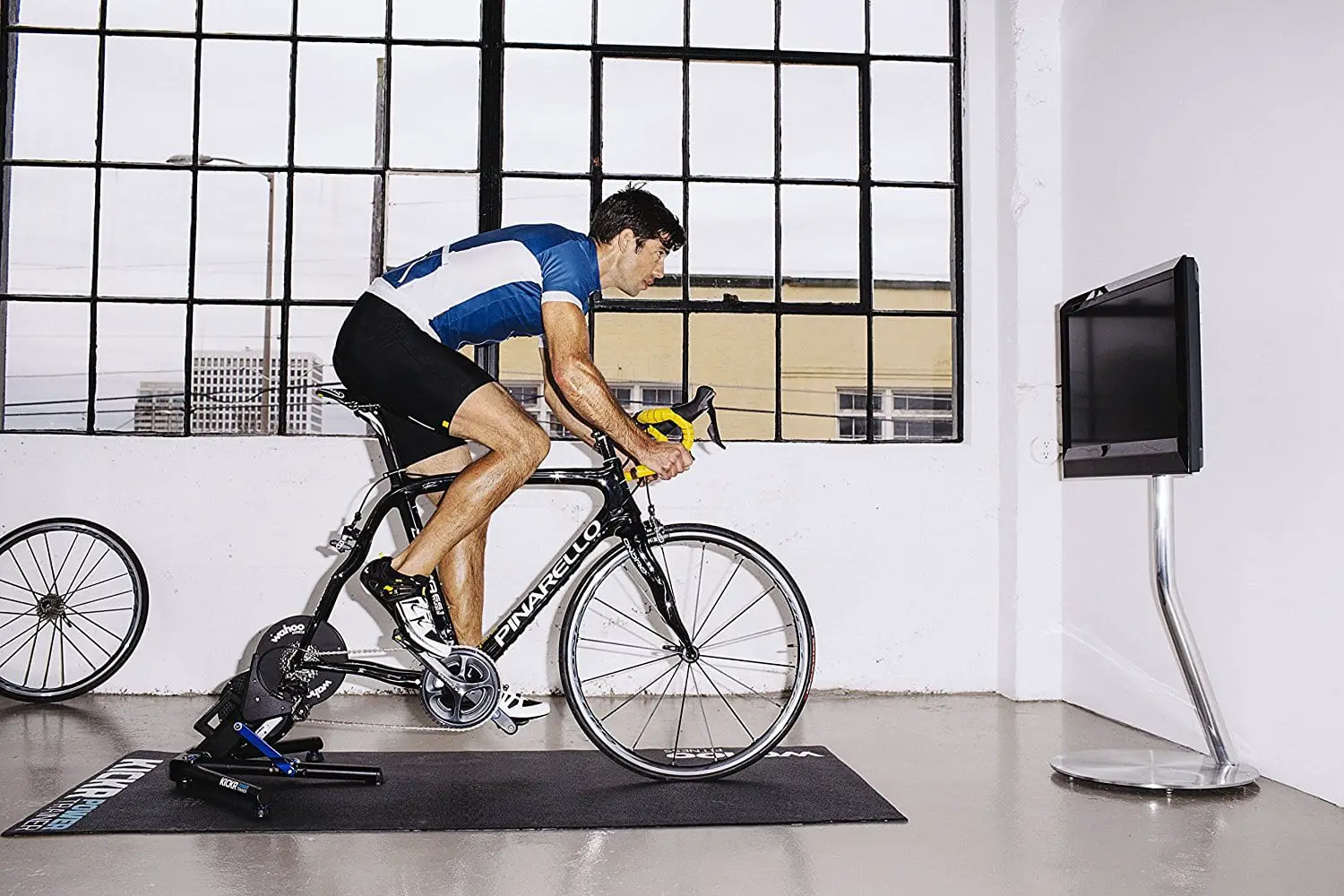Many say that socks are just plain “foot tubes” made of different fabrics and that they are all the same. These people have never been so wrong. If they did their homework, they’ll know that choosing the right cycling socks can make a huge difference in your cycling experience.
This article will give you tips on how to choose cycling socks so you can get the one that works best for your needs. Read on!
Understanding the Materials
Cycling socks are made of different materials. Below are some of the commonly used ones.
Nylon (Polyamide)
Nylon is probably the most common bike socks material. And there are good reasons why cycling apparel brands love it. Nylon is known for its exceptional way of handling moisture. It doesn’t suck in moisture and it dries quickly. Nylon is also lightweight, warm, and soft.
Polyester
Another popular cycling socks material, polyester has the same moisture-wicking properties as nylon. But unlike the latter, this material is cheaper to make, recyclable, and UV resistant. Polyester is usually used in combination with nylon.
Merino Wool
Many cyclists refer to Merino Wool as the gold standard for biking socks and shorts. Merino Wool is a natural fiber grown by Merino sheep. Softer and thinner than regular wool, this fabric feels like almost a second skin when worn. Some of the advantages of Merino Wool are:
- It’s natural
- It helps maintain your body temperature
- It wicks away sweat and moisture
- It resists odors
- It is soft, biodegradable, and fire-resistant
Unfortunately, cycling socks made from 100% Merino Wool are impossible to find. This material is usually used in combination with polyester, nylon, spandex, and other fabrics.
Spandex or Lycra
Almost all cycling socks are made from 1 to 10% spandex. This amazing material prevents sagging and keeps your socks stretchy.
Acrylic
This is a synthetic material that mimics wool. It can also be made to mimic the softness of cotton. Acrylic is versatile. The only downside of this material is that it pills easily.
Cotton
It’s almost impossible to find biking socks that are made from cotton. Why? Because although soft and comfortable, this material tends to absorb moisture. It also loses its shape, softness, and thermal insulation over time. Stay away from cotton socks.
Olefin
This synthetic material is known for its durability and resistance to stains. Olefin is made from oil production and is used to prevent mildew buildups and growth of molds.
Silk
This fiber is manufactured from silkworms. In bike socks, silk is typically woven with other materials to improve skin feel and temperature.
Mesh
These fibers are usually made from a mixture of nylon and polyester weaved in a criss-cross pattern so there’s ample space for temperature management and better airflow.

Know How Your Bikes Socks are Made
The best bike socks don’t have seams at the crux of the toe or heel. Instead, these areas should be reinforced because they take the most abuse as you ride. They are also potential pain points if not protected well. Some bike socks may come with padding in these areas too for added comfort.
Go For Compression Socks
Professional bikers prefer socks that have builtin-compression ability to maximize their performance on the road. Biking socks offer different levels of compression. Ideally, go for the ones that offer compression across the cuff and midfoot.
Choose the Right Size
The best cycling socks come in multiple sizes. Fit is important in cycling. As much as possible, avoid one size fits all socks which may cause blisters in the long run. Choose the pair that offers the best fit.
Does Cuff Height Matters?
Whether cuff height matters or not is debatable. Personally, I think it all falls down to your personal preference and purpose. If you want to ride these mountain bike trails, I suggest you go for bike socks with taller cuff height to protect you from debris and bushes. Tall socks are also a good choice for winter riding. If it’s summer, go for socks with short cuffs or ankle socks.
If you care about performance, tall bike socks are the best choice as they offer the best protection and warmth.
Consider the Aesthetics
When it comes to aesthetics, I’ll leave you to your own preference. Ideally, if you are a mountain biker, go for dark socks to avoid showing dirt and mud. Traditionally, cyclists wear white socks when racing or summer riding. They wear black or dark socks during winter training. But hey, it doesn’t mean you need to honor the tradition! Bike socks are gender-neutral. So, when it comes to choosing cycling socks, consider the performance first.
Biking socks are fairly cheap so don’t be afraid to collect a couple of socks that you can use for various occasions. For example, it’s good to have mid-calf or tall cycling socks for mountain biking and no-show bike socks for your occasional stroll in the park.
Don’t Forget Your Budget
There’s almost always a direct relationship between the price of an item and its quality. This is especially true when it comes to biking accessories. Standard biking socks usually range between $10 to $30 a pair. Obviously, cycling socks that are made specifically for professional cyclists are more expensive. So, when choosing bike socks, make sure to find that sweet spot between quality and affordability so you will not regret your purchase.
Why You Need Bike Socks
It’s very easy to overlook the importance of good bike socks. If you are serious about putting up some performance on your bike, then you need to be as comfortable as possible. Bike socks (and bike shorts) play an important role in that.
The best bike socks make sure that your feet are in the right temperature. They are also designed to prevent chafing and pain from your pressure points. Remember, you rely on your feet to transfer power from your legs to your bicycle. So, take care of it!
Happy biking!









